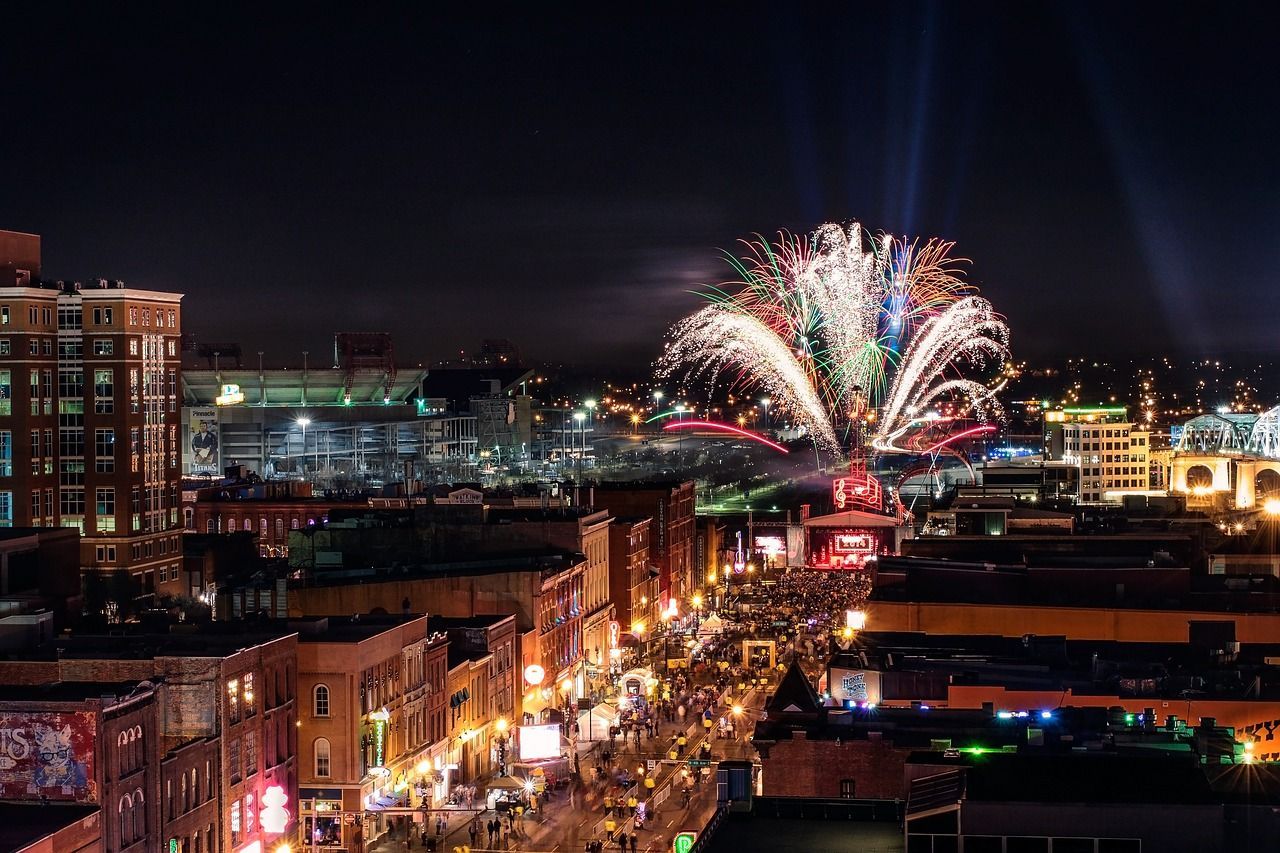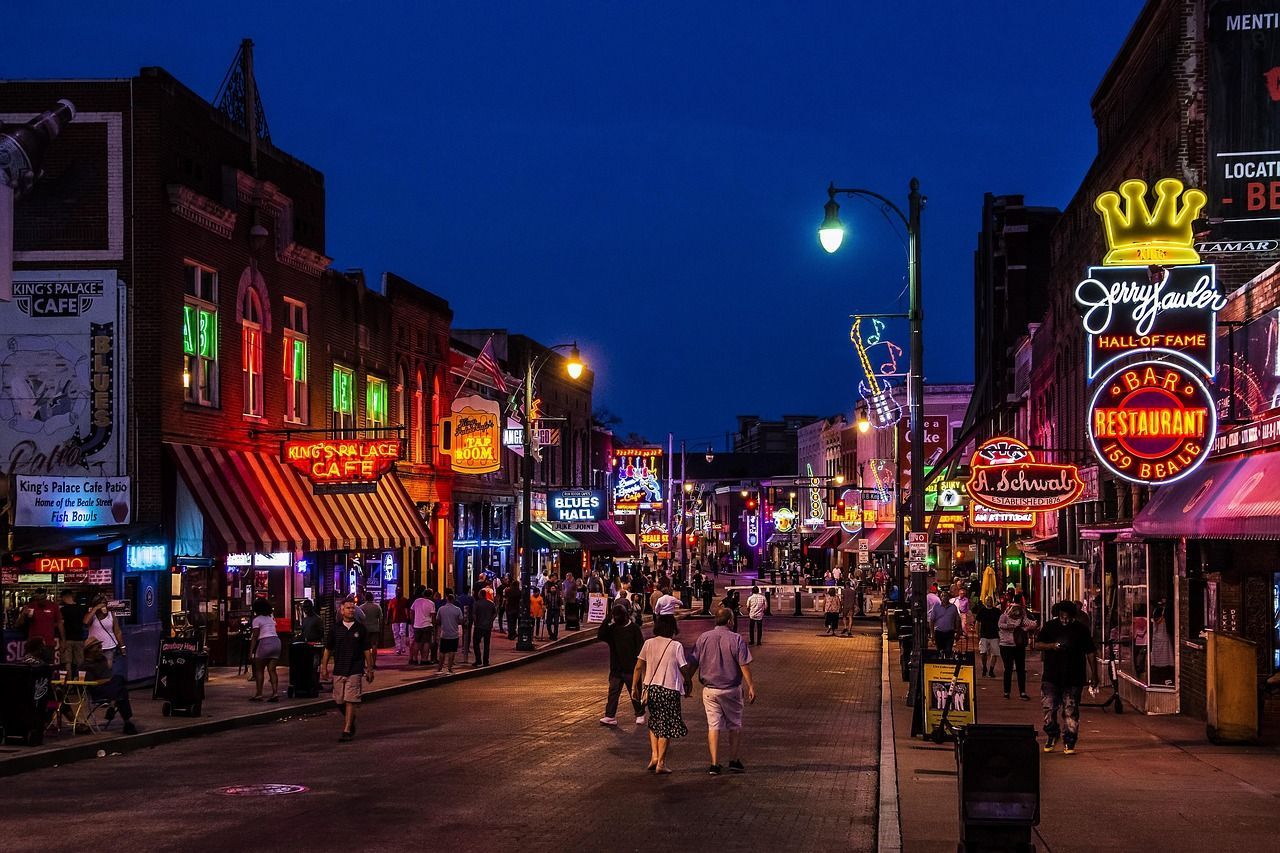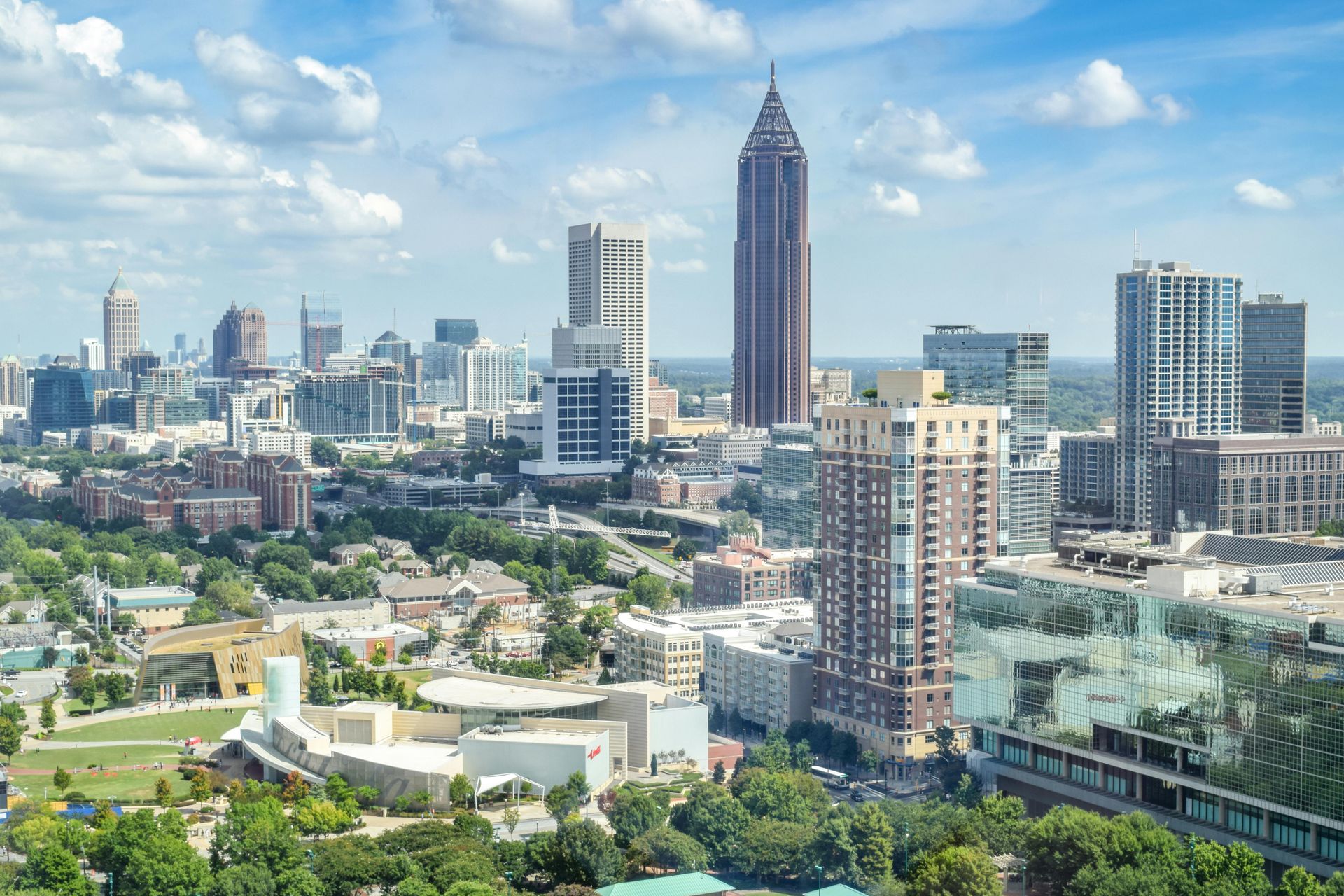As one of the top destinations in Japan, Kyoto is packed with incredible sights and attractions. With so much to see and do, you may be feeling the pressure of trying to whittle your options down to fit whatever limited time you have in Kyoto.
That’s why I’ve decided to help you in your quest. I’ve painstakingly handpicked the 10 best things to do in Kyoto, that you should make a point to visit during your time in the city.
From centuries old temples to modern landmarks, the list includes a diverse range of sights to plot onto your perfect travel itinerary and keep you entertained.
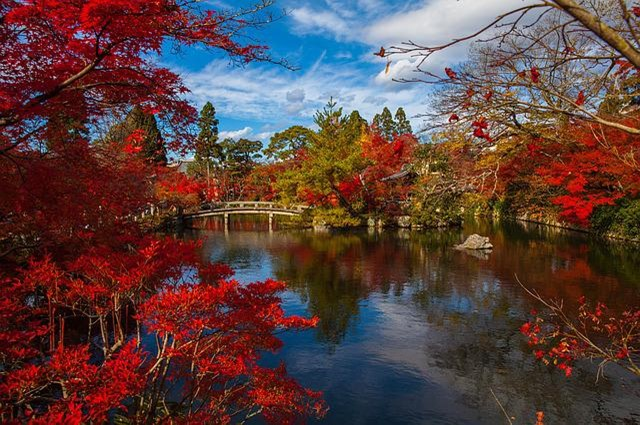
Kyoto At A Glance
Established as the capital city of Japan way back in the 8th century, Kyoto has grown to be home to a population of over 1.5 million people.
Kyoto literally means ‘capital city’, a rank it held for over a thousand years, until losing it to Tokyo– meaning ‘capital city in the east’ – in the 19th century.
Over its long reign as capital of Japan, Kyoto accumulated quite a number of significant attractions. With no fewer than 17 UNESCO World Heritage sites in the city, you will have plenty to keep you occupied, no matter how long your visit.
Just 56 kilometres (35 miles) from Osaka, 46 kilometres (29 miles) from Nara, and 78 kilometres (48 miles) from Kobe, Kyoto is within easy reach of plenty of other popular destinations.
If you somehow manage to run out of things to do in Kyoto, you’re just a quick train journey away from plenty more exciting attractions.
Best Time To Visit Kyoto
The best time to visit Kyoto depends entirely on why you are visiting.
To get the best of both climate and the area’s natural beauty, you really want to visit Kyoto in either spring or autumn. Between the cherry blossoms and maple trees, the transient seasons are when Kyoto is at its most resplendent.
The cherry blossoms typically start appearing around late may through mid April. Of course, this changes year by year, but there are sites that track the best predictions of the year’s bloom to help you plan the best time to visit.
As for autumn, September and October are generally best climate-wise, with the heat dropping from the scorching summer highs to more comfortable temperatures. Meanwhile, if you particularly want to admire the fall foliage, then November is your best bet.
July gets its own special mention for being the month of the Gion Matsuri.
The biggest festival in Japan, Gion Matsuri comprises events spread over the entire month, mostly centred around Yasaka Shrine in East Kyoto. Just be aware that you may have to contend with the end of the rainy season.
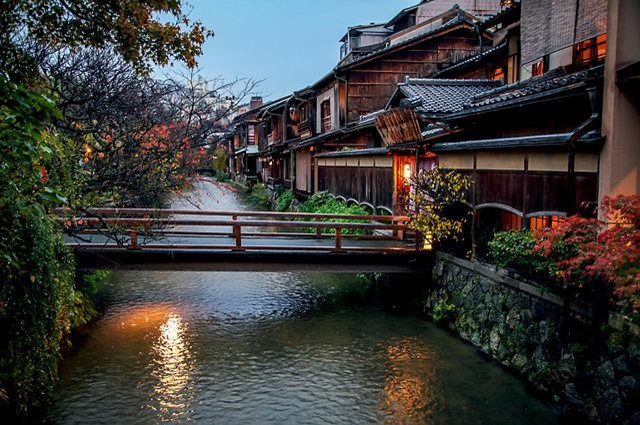
10 Best Things To Do In Kyoto
Without further ado let’s get to discussing the 10 best things to do in Kyoto. We’ve got a good mix of historic, cultural, and contemporary attractions to ensure there’s something on the list for everyone.
Fushimi Inari Shrine
One of the most famous sites in all of Japan, a visit to the Fushimi Inari Taisha Shrine is an absolute must. The principal shrine of the goddess Inari, the shrine’s history dates back to 711 CE (AD), whilst most of the present main buildings were constructed in the 15th century.
The walkway of a thousand vermillion torii gates, known as the Senbon Torii, is one of the most iconic images of Japan. The gates are all gifts from various donors which have been accumulating over the last few centuries.
Along with the numerous torii gates, you’ll also see an abundance of fox statues and paraphernalia around the temple.
Foxes, or kitsune, are heavily linked with Inari and said to be her messengers. If you happen to spot a real fox wandering around, it may be keeping an eye on you for its mistress.
Located at the base of the Inari mountain, the Fushimi Inari Shrine is popularly used as a waystation by hikers heading up the many trails into the hills. Dozens of smaller shrines dot the mountain trails, marked by their own torii gates.
As one of the main shrines in all of Japan, Fushimi Inari Taisha hosts numerous festivals throughout the year. No matter what month you visit in, there is a good chance that there will be some event happening during your time in Kyoto.
The year’s schedule is available on the temple’s website , so you can check ahead to see what’s occurring.
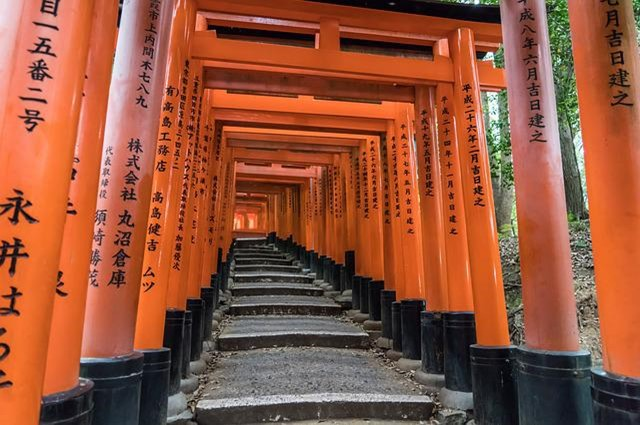
Manga Museum
With so many historic attractions to explore, you might appreciate a change of pace in appreciating one of Japan’s more contemporary cultural symbols. The Kyoto International Manga Museum provides an in-depth look at one of the country’s biggest international phenomena.
The Kyoto International Manga Museum houses four floors of exhibitions on the progression of manga as an art and storytelling form and its spread and impact around the world. There’s also an extensive library consisting of over 50,000 volumes for visitors to enjoy.
In addition to the permanent displays, the museum boasts a packed schedule of events and temporary exhibitions.
There are also special weekend activities for visitors to enjoy, including the opportunity to observe professional manga artists’ process in the Manga Studio or get a manga drawing of yourself at Portrait Corner.
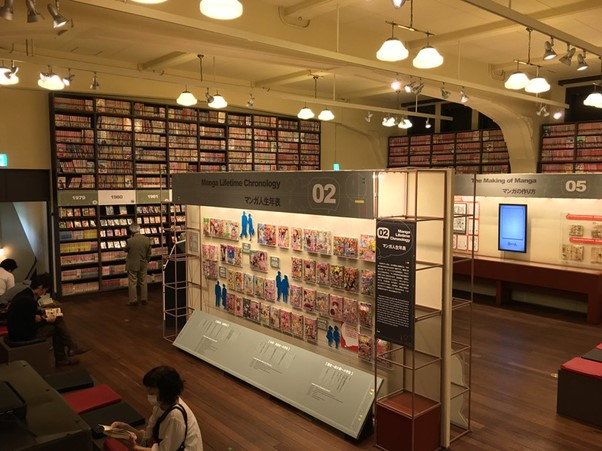
Imperial Palace and Gardens
Once the home of the Japanese Emperor, the Kyoto Imperial Palace is now a fascinating open-air museum for visitors to explore. Visitors are not permitted to enter any of the palace buildings, but you can still get a good look around the complex and grounds.
Kyoto Imperial Palace is also located within the Kyoto Gyoen National Garden. The expansive gardens are a tranquil wonderland at the heart of busy Kyoto.
Packed with cherry blossom trees, koi ponds, and fairy-tale bridges, the park is a beautiful place to spend an afternoon.
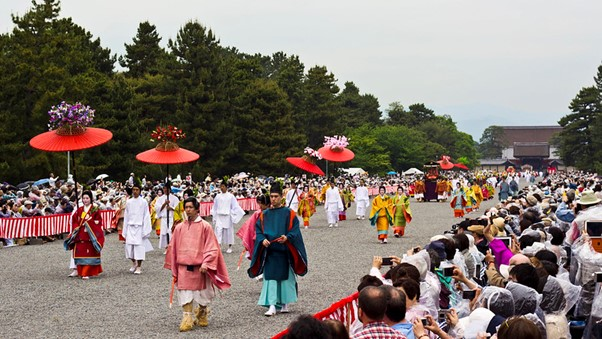
Gion
Kyoto’s most famous neighbourhood, Gion rose to significance as the primary stomping grounds of the city’s Geisha during the 18th century. Today you can still see elegantly costumed Geisha – or Geiko, as they are known locally – strolling the picturesque streets.
Aside from its still thriving geisha population, Gion’s principal claim to popularity is as the best-preserved historic district in Kyoto. For a city renowned for its history and traditional culture, that’s really saying something.
The streets here are lined with traditional teashops and izakayas, housed within beautiful historic buildings. Between the architecture and the roaming geisha, wandering through Gion really feels like stepping back through time.
Being a neighbourhood, rather than a specific site, there are plenty of other attractions to be discovered throughout the streets of Gion. Just wandering around will have you stumbling across numerous temples and little shrines.
There are also a few museums in the area. The Japan Kanji Museum & Library and the Kahitsukan Modern Art Museum are both located along the central Shijo Street.
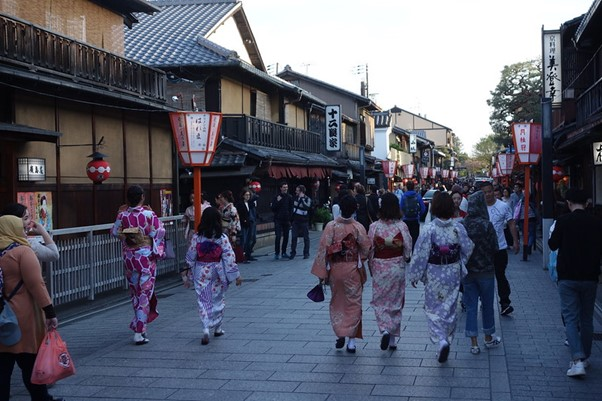
Yasaka Shrine
At the heart of Gion is the Yasaka Shrine, a temple dating all the way back to 656 AD, making it one of the oldest sites in the city.
In front of the vibrantly painted main hall is a dance stage decorated with dozens of lanterns, where you can often view performances of traditional dance and music.
The shrine is located within Maruyama Park, renowned for its abundance of cherry blossom trees. During the spring, Maruyama Park is one of the most popular locations in Kyoto for cherry blossom viewing – known as ‘hanami’ – parties.
Yasaka Shrine is also the host of one of Japan’s biggest annual festivals, the Gion Matsuri.
Gion Matsuri lasts for the entire month of July, with various events held in the temple and surrounding area. The two biggest events are the parades held in mid-July, which see elaborate floats weighing up to twelve tons carried through the streets.
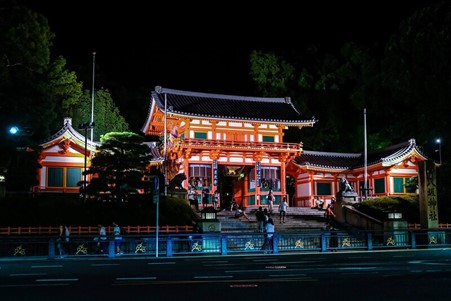
Kyoto Tower
Can you really say you’ve seen a city if you haven’t looked down on it from a great height? Probably, but you should still take the opportunity when it arises.
Standing at 131 metres (430 feet) tall, Kyoto Tower is the tallest structure in the city. From the 100 metre (328 foot) high observation deck, you can enjoy entirely unobstructed panoramic views across the entire city.
The tower was constructed back in 1964 but has managed to retain its status as the tallest structure in Kyoto thanks to strict building regulations designed to preserve the city’s historic atmosphere.
At the base of the tower is a nine-story leisure complex containing a shopping centre, a spa, and a hotel.
There’s also a restaurant part-way up the tower itself. Spanning three floors, the Sky Lounge restaurant lets diners relax and enjoy an indulgent meal whilst taking in the best views in Kyoto.
Just across the street from Kyoto Station, Kyoto Tower is a super convenient attraction for anyone swinging through Kyoto on a shorter visit. It’s definitely one of the easiest ways to see the whole city in no time at all.
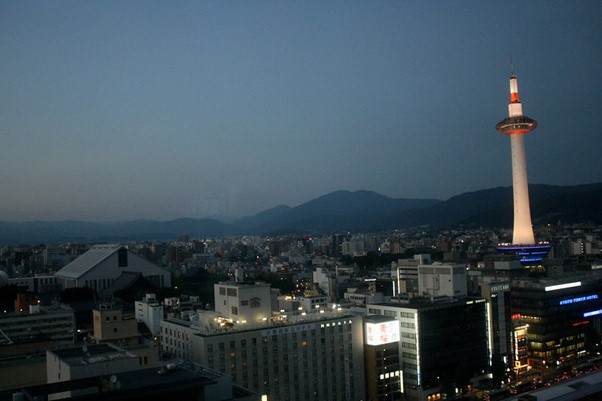
Kiyomizu-Dera
If you’re after spectacular views from a more scenic location, then Kiyomizu-Dera is the spot for you. Settled on the side of Mount Otowa in east Kyoto, the temple provides sweeping views across the whole city from its generous veranda.
Aside from the impressive views, Kiyomizu is notable for its unique construction. Despite being made almost entirely from wood, not a single nail was used in its building. The current temple was built in 1633, but the site’s history dates back to the 8th century.
Although it may seem remote, it’s actually pretty easy to get to. It’s just a twenty-minute walk from the train-station and only ten minutes from the nearest bus stop. You certainly won’t need to brace yourself for a strenuous hike up the mountain like you might have expected.
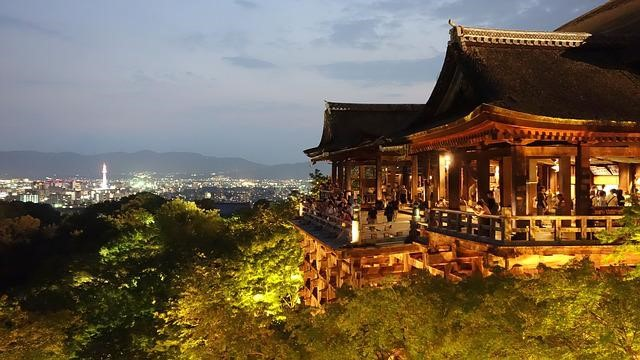
Nijo Castle
The original buildings of Nijo Castle date all the way back to 1603, with various additions and expansions over the following century. The castle consists of two rings of fortifications surrounding a central wooden palace.
Over the years, Nijo Castle has been the home of various nobles and royals, even acting as the main Imperial residence for a period. Unlike the Imperial Palace, visitors are actually permitted to enter some of Nijo Castle’s buildings for a small additional entrance fee.
The Nijo Castle grounds also contain beautiful ornamental gardens that visitors are able to explore either with a tour guide or by themselves. The park is full of cherry and plum blossom trees, making it especially lovely to visit throughout the spring.
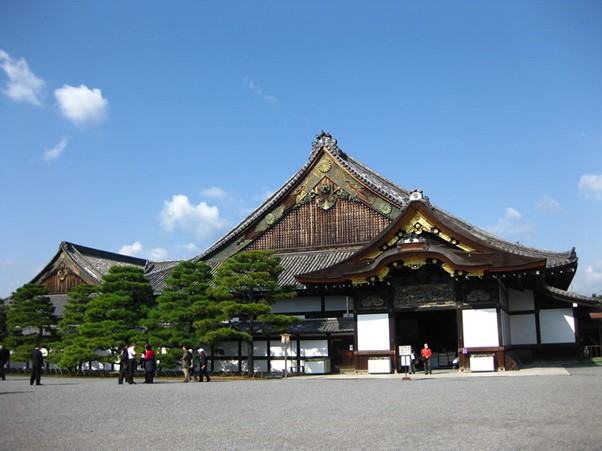
Arashiyama Bamboo Grove
If you have time to head a little further out from the city centre, you should definitely pay a visit to the Arashiyama Bamboo Forest. Epitomising the natural beauty of Kyoto’s surrounding landscape, Arashiyama is the sort of idyllically zen atmosphere that Japan is renowned for.
Designated walking routes lead you through the Arashiyama Bamboo Grove, so you won’t need to worry about getting lost. You can just relax and enjoy a stroll through one of the most tranquil locations in the world.
Aside from the stunning visuals of the bamboo forest, the sound of the wind passing through the towering bamboo is worth the visit in itself. In fact, the sound is so distinct that the Japanese government have listed it amongst their ‘100 Soundscapes of Japan’.
Whilst you’re in the area, you should also pay a visit to the Kimono Forest.
The area surrounding Randen Tram Station has been transformed into a colourful open-air art museum. The Kimono Forest is comprised of over 600 clear tubes, each containing a roll of intricately patterned Kimono fabric featuring various traditional designs.
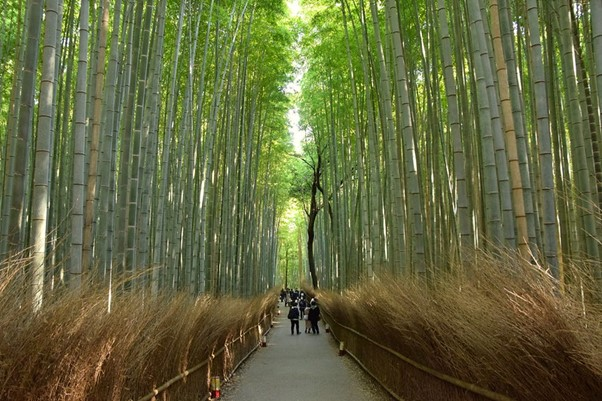
Kinkaku-Ji
Kinkaku-Ji is another site worth venturing out of the city centre for. The main star of the temple is the shining central pavilion, which is entirely covered in gold leaf.
Nestled in a scenic landscape of trees, lakes, and mountains, the sunlight glistening off Kinkaku-Ji’s façade is something to behold.
Although the temple’s history dates back to the 14th century, it has burnt down and been rebuilt several times. The current iteration was constructed as recently as 1955.
Along with the temple, the Kinkaku-ji complex contains a gift shop and a teahouse where you can enjoy traditional tea and sweets whilst appreciating the stunning surroundings.
Whilst you’re in the area, you should also swing by the nearby Ryoan-ji. The 15th century temple is known for its immaculate zen rock garden.
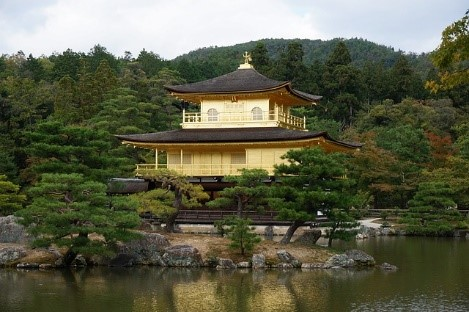
Best Hotel To Stay In Kyoto - Mercure Kyoto Station
Located just around the corner from Kyoto Station, the Mercure Kyoto Station will have you staying in style, right at the heart of the city centre. Mercure’s design is an edgy celebration of traditional Japanese features and modern style.
The rooms are spacious and bright with unique accent features. Each boasts a flat screen television, air-conditioning, and wi-fi.
A chic onsite bar and lounge provides space for guests to relax and mingle. Meanwhile the equally cool restaurant serves meals throughout the day, including an extensive buffet breakfast.

Final Thoughts
So, there you have it, the 10 best things to do in Kyoto. Hopefully you’ve been introduced to some attractions you weren’t previously aware of and have a better appreciation for the ones you were. This should ensure you have enough information to plan your dream travel itinerary.
Of course, this is only scratching the surface of all Kyoto has to offer. With well over a thousand years of history, and with it still being a key urban centre in the modern era, Kyoto always has more for you to discover when you arrive.
All you have left to do now then is work out where you want to stay in Kyoto, so you can start getting everything booked. That way, you can look forward to experiencing this incredible Japanese city for yourself, as soon as possible.
